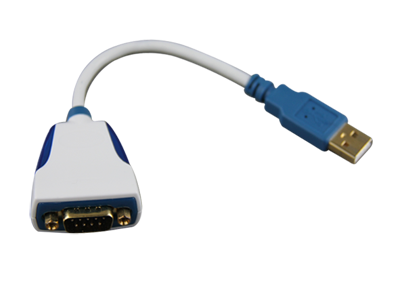


A preference to modify Feature character size (Graphic Map) Incomplete ORF are now detected and shown in italic in the find window A preference to show the AA letter aligned with the middle of the codon (RE Map) 'Remove duplicated Features' menu entry Transform a DNA sequence window into a degenerate DNA sequence and vice versa (menu and contextual menu) Preference setting to change Read out speed Direct import of DNAStar EditSeq files (.seq) Direct import of VectorNTI single and multisequence files (.ma4) (see provided example file) Direct import of MacVector files (.nucl) Generate sense and antisense strand after C>T bisulfite conversion 'Import Codon Usage' window to import tables directly from the web A preference option to choose the Codon usage table to be used for reverse translation Reverse translation in the protein menu BLAST protein Sequence now in the protein menu. Serial Cloner 2.5 now allows to manipulate protein sequences, do reverse-translation, and import codon frequency tables from the internet. It is also posible to send directly BLAST request at the NCBI and obtain the result inside a Web interface.
Using an adaptor on serial cloner how to#
You will also find a Restriction Enzyme library management interface, Additional tools, like a web browser for direct import of NCBI and EMBL entries, a virtual cutter to prepare restriction analysis or a silent restriction map generator to find how to introduce restriction sites without modifying the translated peptide are also provided. Features are now visible when aligning locally. Finally, Serial Cloner provides an interface to align two sequences using a local algorithm or the BLAST2Seq NCBI server. An additional interface allows easy Gateway(tm) cloning for both BP and LR reactions. Just select, blunt if you need, and click the Ligate button. Finally, you can assemble fragments, obtained by PCR, adaptor/shRNA synthesis or simply by graphically selecting fragments between restriction sites. shRNA constructions based on pre-defined scaffolds are also automated. PCR-based fragment or synthetic adaptors.


 0 kommentar(er)
0 kommentar(er)
